Obesity among adolescents is a growing public health challenge. It not only leads to physical complications such as type 2 diabetes, hypertension, and liver disease but also impacts mental health and quality of life. By 2030, over 250 million adolescents globally are expected to be obese. Traditional treatment—primarily based on lifestyle changes like diet and exercise—often results in only modest improvements, with many adolescents struggling to maintain weight loss over the long term. Pharmacotherapy has thus become a consideration, though limited options exist for young populations. The STEP TEENS trial published in The New England Journal of Medicine (2022) evaluates the efficacy and safety of semaglutide, a once-weekly injectable drug, in treating adolescent obesity.
Study Design and Methods
This double-blind, placebo-controlled, phase 3a clinical trial enrolled 201 adolescents aged 12 to under 18 years with obesity (BMI ≥95th percentile) or overweight (BMI ≥85th percentile with one weight-related condition). Conducted across 37 sites between 2019 and 2022, participants were randomized in a 2:1 ratio to receive either 2.4 mg of subcutaneous semaglutide or placebo once weekly for 68 weeks, in addition to lifestyle counseling on diet and physical activity.
All participants underwent a 12-week run-in phase of lifestyle intervention before randomization. The primary endpoint was the percentage change in BMI from baseline to week 68. The key secondary endpoint was the proportion of participants achieving at least 5% weight loss at the end of treatment.
Key Findings: Efficacy of Semaglutide
The results were highly significant in favor of semaglutide:
BMI Reduction: Adolescents on semaglutide showed a mean BMI reduction of 16.1%, compared to a 0.6% increase in the placebo group. The estimated difference was −16.7 percentage points (P < 0.001).
Weight Loss Thresholds:
- 73% of participants in the semaglutide group lost ≥5% of body weight, versus 18% in the placebo group.
- 62% lost ≥10%, 53% lost ≥15%, and 37% lost ≥20% body weight with semaglutide—dramatically higher compared to the placebo group (8%, 5%, and 3%, respectively).
In addition, semaglutide significantly reduced waist circumference, body weight, and BMI expressed as a percentage of the 95th percentile for age and sex. The drug also improved BMI standard deviation scores and sustained its effects through week 75, seven weeks after the treatment ended.
Cardiometabolic and Quality of Life Improvements
Semaglutide led to notable improvements in several cardiometabolic risk factors:
- Glycated Hemoglobin (HbA1c): Levels decreased more in the semaglutide group than in the placebo group.
- Lipid Profile: Reductions were observed in total cholesterol, LDL (bad cholesterol), VLDL, and triglycerides.
- Liver Enzyme (ALT): Levels also decreased more in the semaglutide group.
Although no significant changes in systolic or diastolic blood pressure or HDL (good cholesterol) were observed, improvements in the Impact of Weight on Quality of Life–Kids (IWQOL-Kids) questionnaire, especially in the physical comfort domain, were significant.
Safety Profile and Adverse Events
Adverse events were common in both groups but mostly mild to moderate in severity. Gastrointestinal issues such as nausea (42%), vomiting (36%), and diarrhea (22%) were the most frequent in the semaglutide group, peaking during the dose-escalation phase.
- Serious Adverse Events: Reported in 11% of the semaglutide group and 9% of the placebo group.
- Cholelithiasis (Gallstones): Occurred in 4% of semaglutide-treated adolescents but not in any placebo recipients.
- Mental Health: No significant changes were seen in depression or suicide ideation scores.
- No cases of pancreatitis, acute kidney injury, or hypoglycemia were reported, and semaglutide did not impact pubertal development or growth parameters.
Comparative Effectiveness
When compared to other FDA-approved treatments for adolescent obesity, semaglutide demonstrated superior outcomes. For instance:
- Liraglutide (daily injection) showed a 4.6% reduction in BMI vs placebo.
- Orlistat (oral) showed a change of −0.5 to −0.9 BMI units.
- Phentermine-topiramate showed a 10.4% BMI reduction at high doses.
- In contrast, semaglutide achieved a −16.7% difference in BMI and a −17.4% difference in body weight, showing greater efficacy.
Limitations and Future Considerations
- While the trial had high completion rates and a robust design, some limitations remain:
- The short follow-up period does not confirm long-term durability.
- The study population lacked diversity, with limited representation from certain racial groups and only one participant overweight (not obesity).
- More long-term data are needed to assess sustained outcomes and weight gain after discontinuation.
Conclusion
Once-weekly 2.4 mg semaglutide, combined with lifestyle changes, provides a powerful, effective, and generally well-tolerated treatment for adolescents with obesity. It significantly outperforms other pharmacological options in terms of weight reduction, metabolic improvements, and quality of life enhancements. This landmark trial supports the growing recognition of semaglutide as a valuable tool in adolescent obesity management and paves the way for broader clinical use.



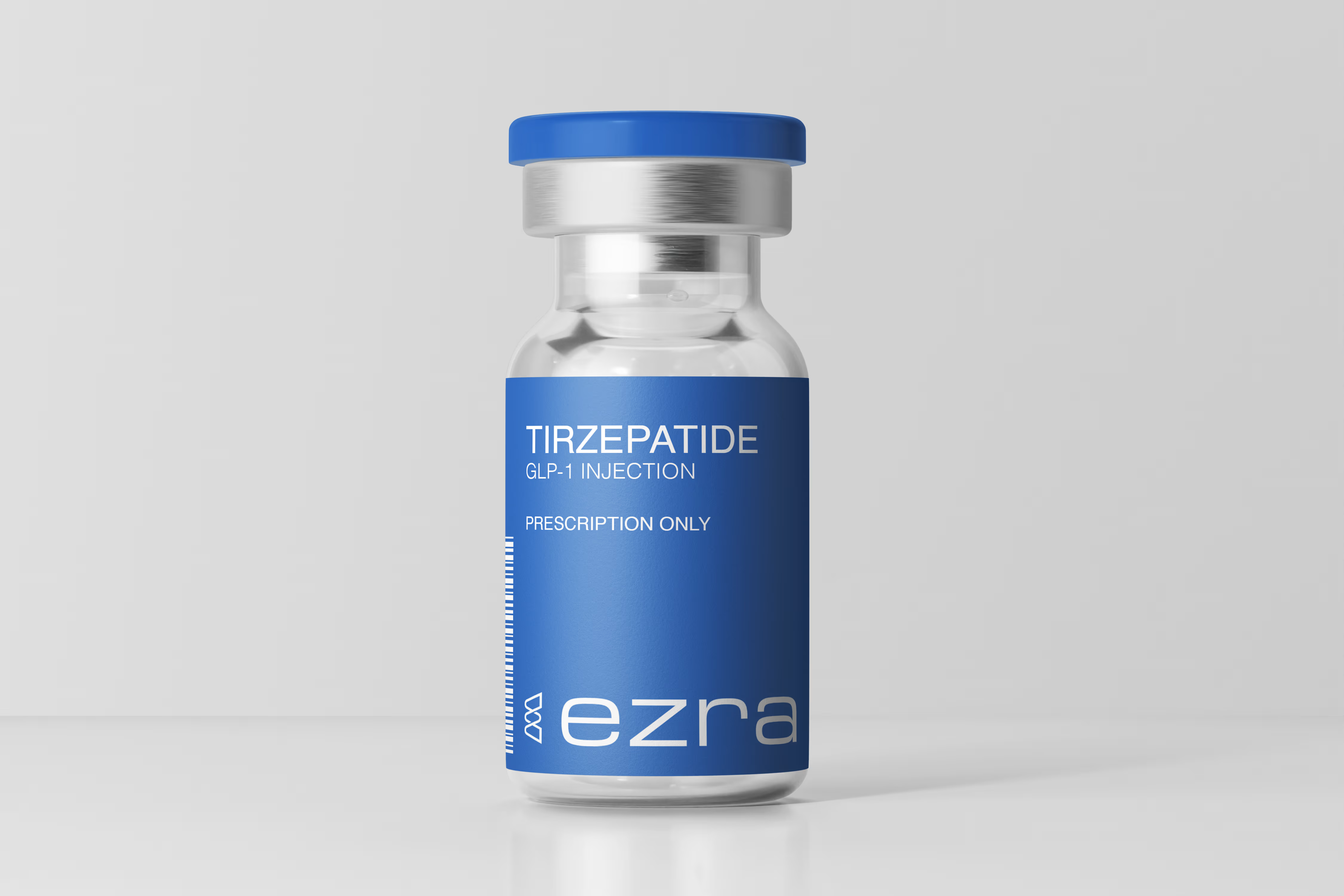


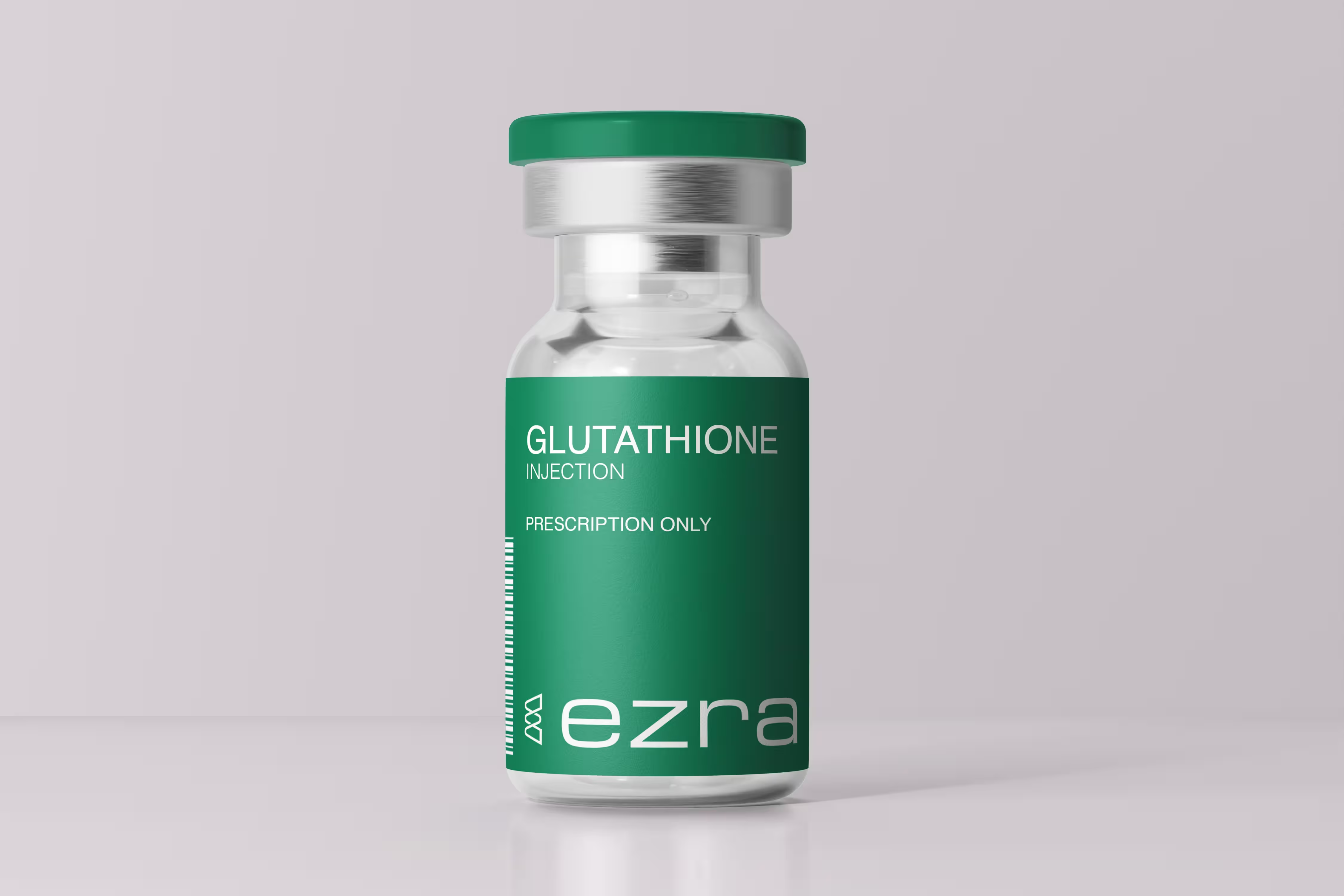

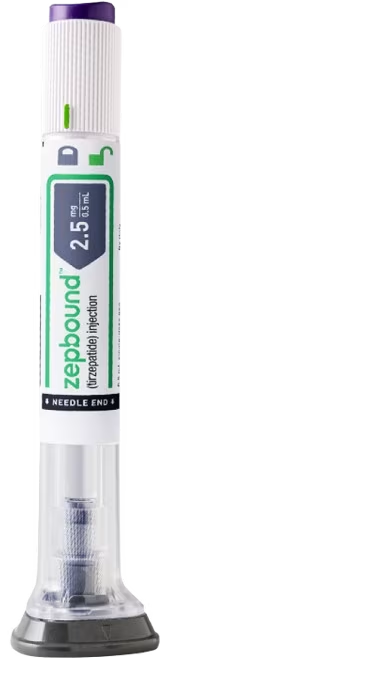




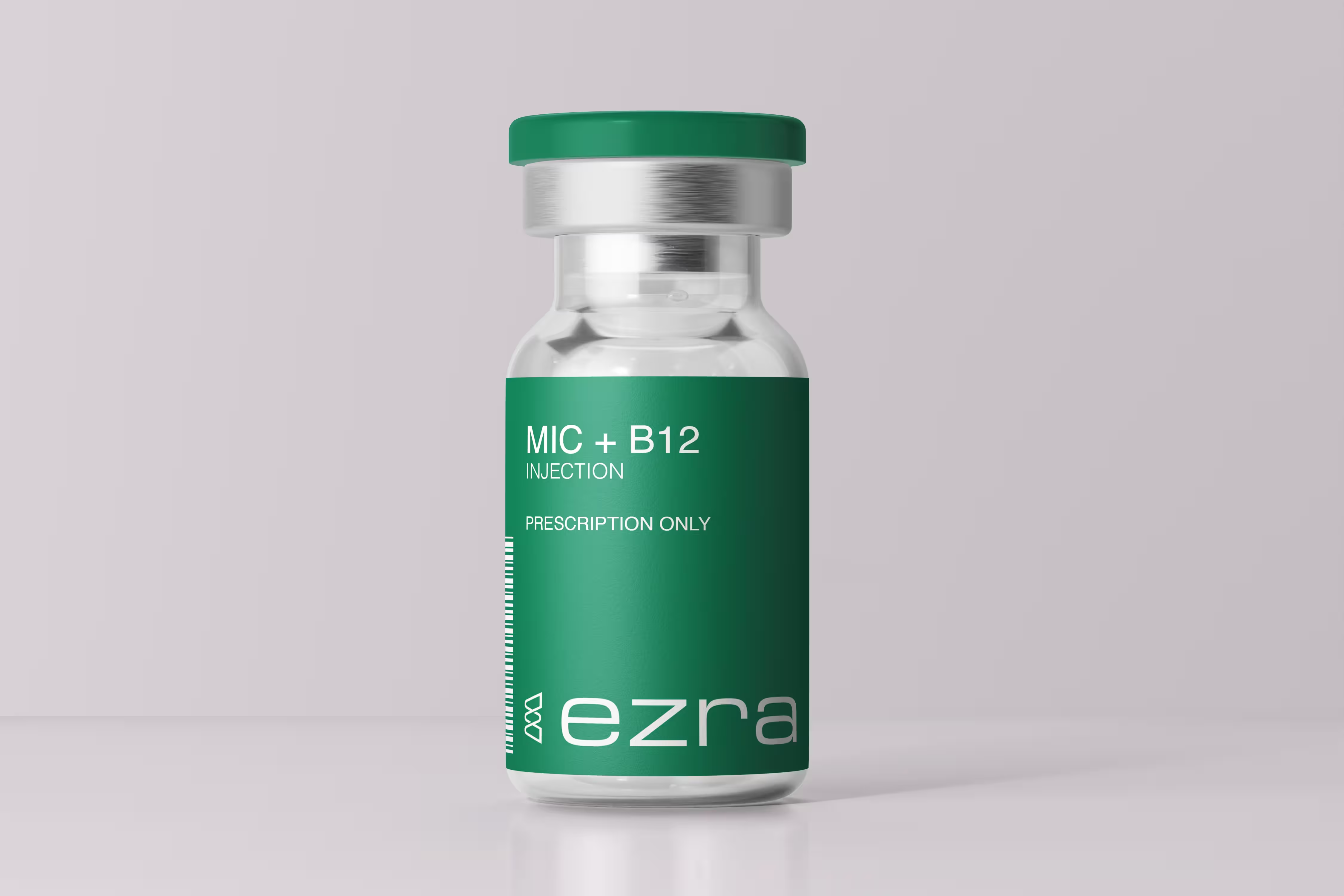







.avif)










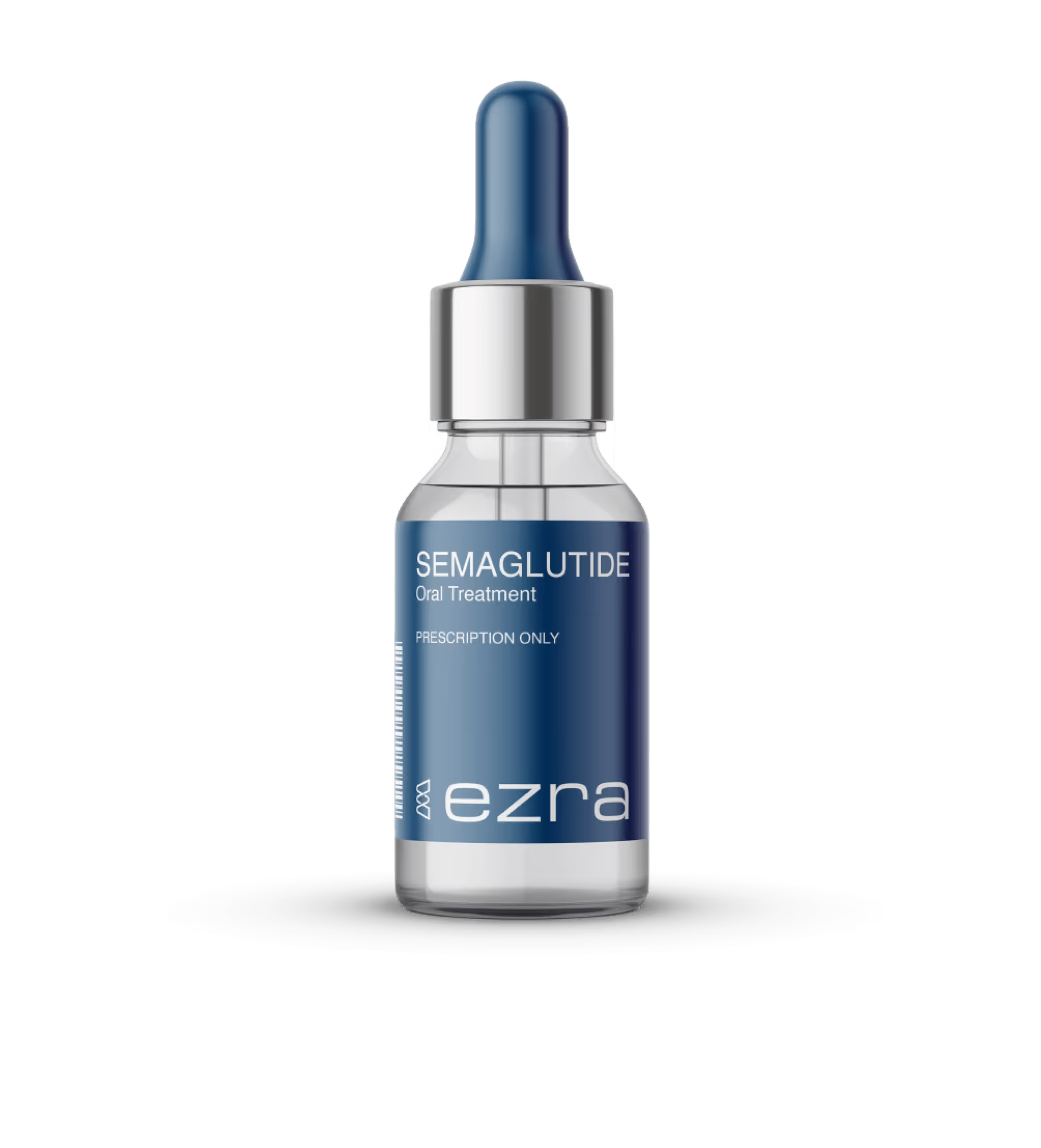


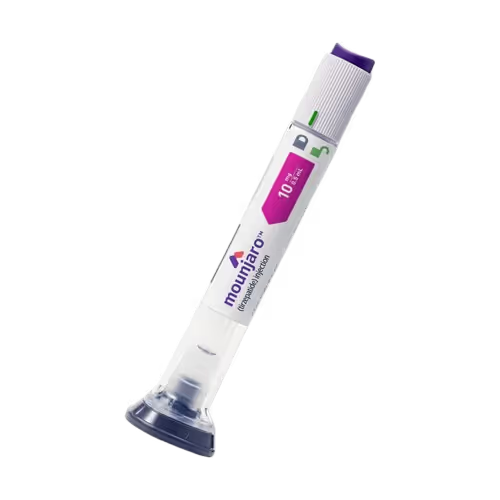
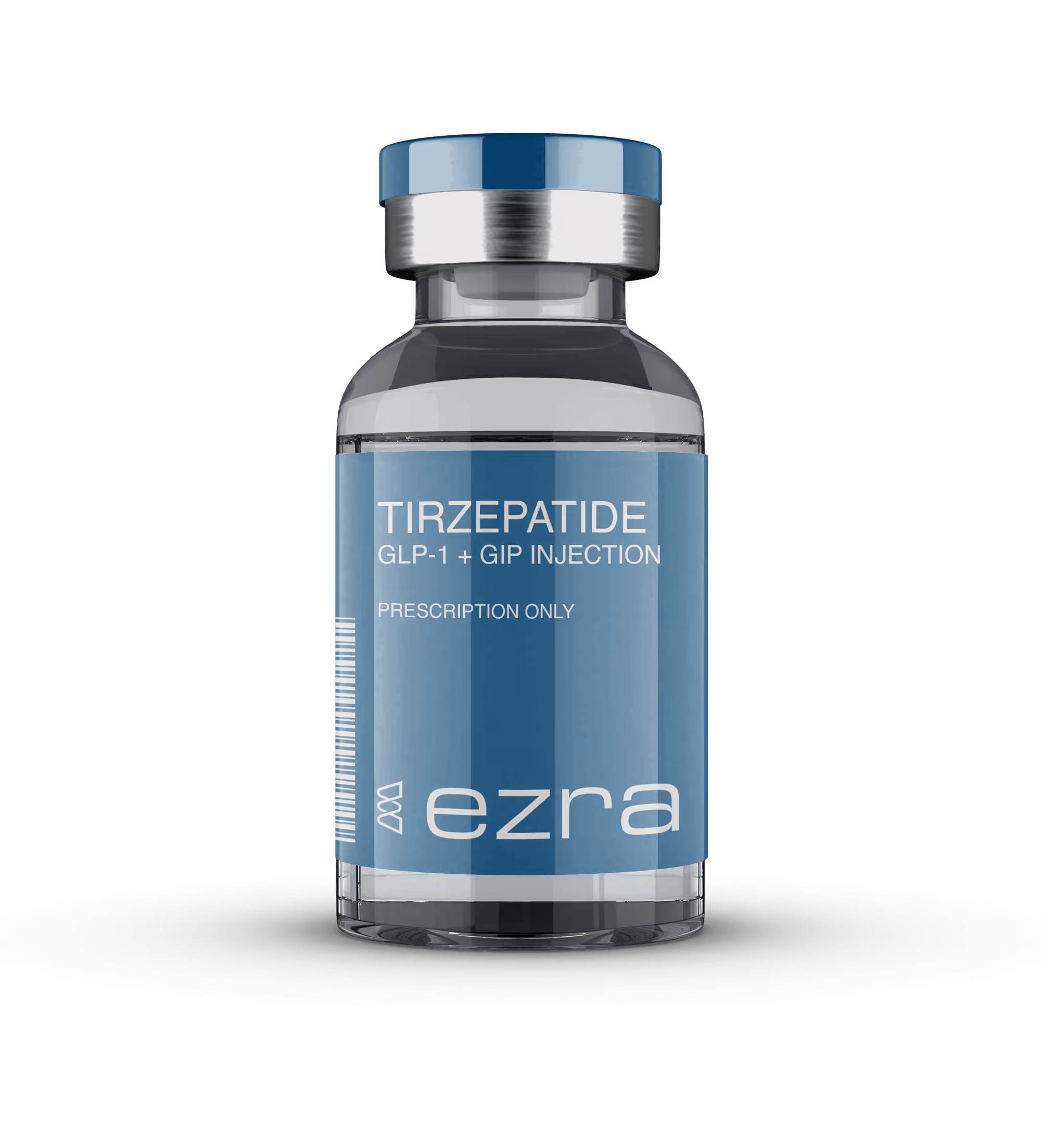
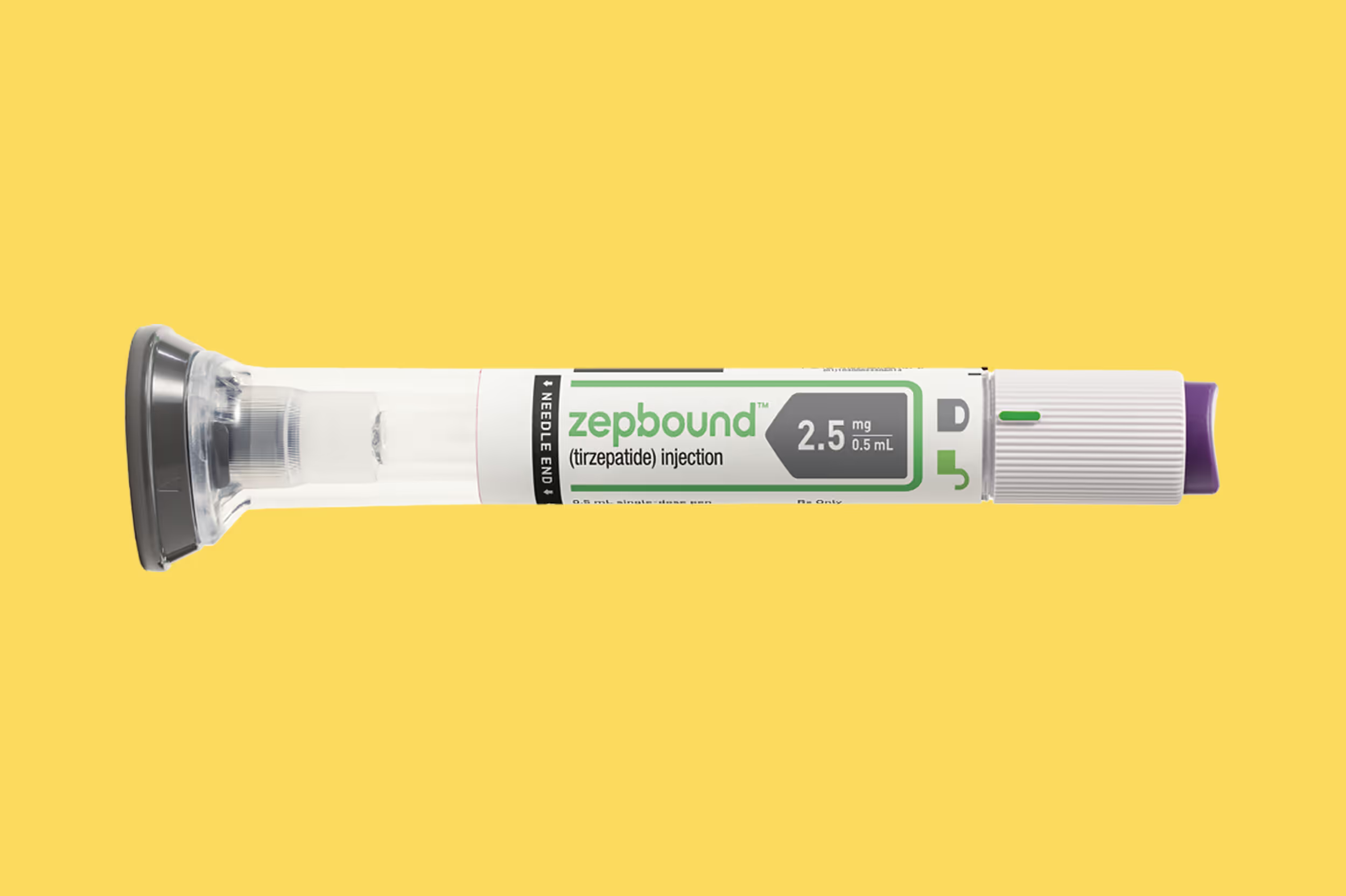



.avif)

